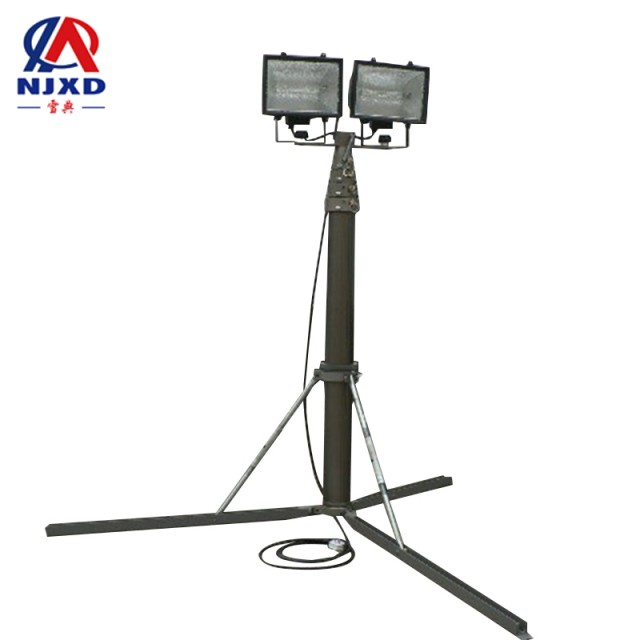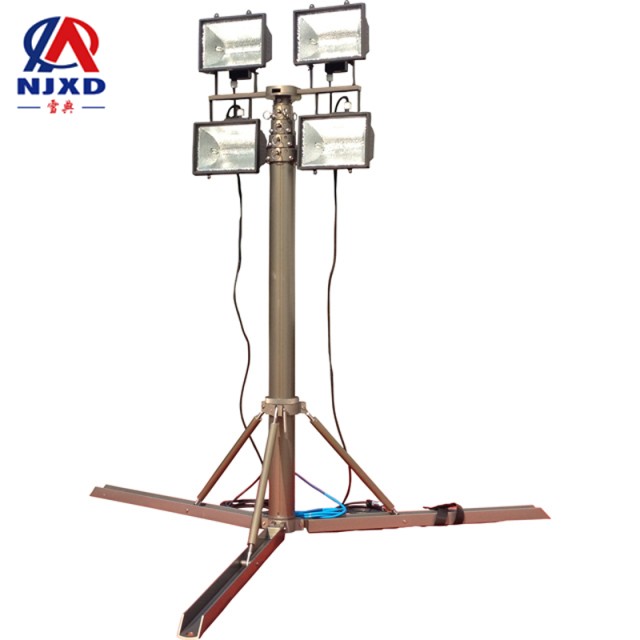NEWS
Light intensity and brightness
Time:2021-03-15 View:

Description
The radiant energy flux of a light source; the physical quantity that causes vision to the human eye. That is, the product of the radiation energy in a certain band per unit time and the relative viewing rate of the band. Human eyes have different viewing rates for different wavebands of light; therefore, the light radiation power of different wavebands is equal, but the luminous flux is different.
The sensitivity of the human eye to brightness is related to color, and is not uniform in the entire visible light range. It can be described by a relative sensitivity function curve.
When the environment is bright, the human eye is most sensitive to light of wavelength X=555nm (507nm when the environment is dark). We define the relative visual acuity Vs(555)=1. When X is other values, Vs(X ) Is less than 1. If for a certain wavelength X of monochromatic light, its radiation power is P(X), and the relative visual sensitivity function is Vs(X), then the luminous flux can be defined as Y(X)=P(X)* Vs(X).
When P(X) is in watts, the unit of Y(X) is light watts. Only when X=555nm, 1 watt of light radiation power produces 683lm (lumens) luminous flux.
Since human eyes have different viewing functions for light of different wavelengths, even if the radiation power of light of different wavelengths is equal, their luminous fluxes are not equal. For example, when green light with a wavelength of 5 500 and red light with a wavelength of 6 500 Å have the same radiation power, the luminous flux of the former is 10 times that of the latter. The unit of luminous flux is lumens (lm). In photometry, it is derived from the unit cd of luminous intensity and the relationship between luminous intensity and luminous flux. 1lm is numerically equal to the luminous flux transmitted by a point light source with a luminous intensity of 1cd in a certain direction within a unit solid angle in that direction.

Light intensity
Light intensity is the abbreviation for luminous intensity. Indicates the luminous flux of the light source in the unit solid angle.
Luminous intensity refers to the luminous flux emitted by a light source in a unit solid angle in a specified direction, that is, the luminous flux density of the light source radiating in a certain direction in space. The symbol is represented by I, and the international unit is candela (Candela) abbreviated cd. The light intensity represents the radiation ability of the light source in different directions. In layman's terms, the luminous intensity is the intensity of the light emitted by the light source.
Brightness
Brightness refers to the physical quantity of the intensity (reflective) of the surface of the luminous body (reflector). The human eye observes the light source from one direction. The ratio of the light intensity in this direction to the area of the light source "seen" by the human eye is defined as the unit brightness of the light source, that is, the luminous intensity per unit projected area. The brightness is represented by the symbol L, and the unit of brightness is candela/square meter (cd/m2).
The brightness of the light source is related to the surface area of the luminous body. Under the same light intensity, if the luminous area is large, it will be dark, and vice versa.
The brightness is also related to the direction of the light-emitting surface. The brightness value of the same light-emitting surface in different directions is also different, which is usually measured in a direction perpendicular to the line of sight.
For example, in common lighting, if you want to reduce the brightness of the subject, especially the face of a person, the normal way is to extend the distance of the lamp or add soft paper in front of the lamp to reduce the intensity of the light.
